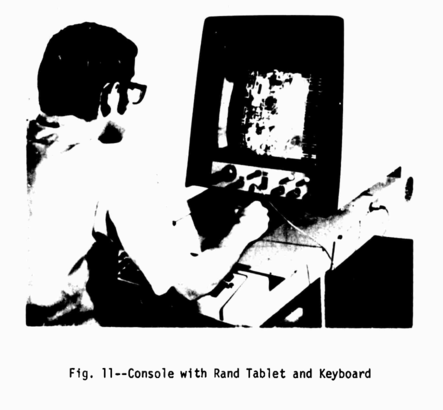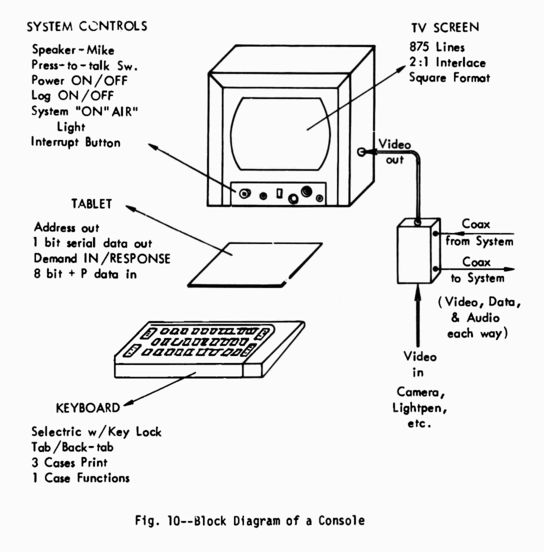RFC-226
by Darius Kazemi, August 14 2019
In 2019 I'm reading one RFC a day in chronological order starting from the very first one. More on this project here. There is a table of contents for all my RFC posts.
Gee, this is swell
RFC-226 is titled “Standardization of Host Mnemonics”. It's by Peggy Karp of MITRE, and dated September 20, 1971.
The technical content
The ARPANET hosts to date have been identified two ways: with a number, and with a short name. The host at UCLA is known to have host number “1” and goes by the name “UCLA”. The SRI-ARC host is known to have host number “2” and goes by the name... well, it's gone by more than one name in the last couple of years. While the number designations for hosts have tended to stay the same in these early days of the ARPANET (otherwise nobody could connect to anyone), the names are a totally different story.
In fact, each ARPANET site mantains their own list of known host numbers and names. There's no central source of information for this, though you could cobble one together by reading all 200 or so RFCs published thus far.
This RFC is Peggy Karp's proposal to formalize the names and numbers for each ARPANET host. It will garner a bunch of responses in RFCs to come.
Analysis
This RFC is less than a page, and it's ridiculously important to the history of the internet.
Our entire domain name system today is a way of mapping numbers called “IP addresses” to human readable “domain names”.
Karp's 1971 list is twenty entries long and begins:
HOST # DESIGNATOR
1 UCLA
65 UCLA36
On today's internet, we could have a similar list that is millions of entries long and perhaps begins:
IP # DOMAIN NAME
216.58.195.78 google.com
72.30.35.10 yahoo.com
Of course, DNS is orders of magnitude more complex than the host name table of the early ARPANET but the fundamental purpose of both remains the same.
Assignment of numbers and names to host sites would become a topic of heated debate on the ARPANET. Jim White published a missive on May 11, 1973 sarcastically titled “Gee Host Names and Numbers are Swell” which was part of an ongoing conversation at the Network Information Center that Spring about how to best handle the problem of proliferating sites.
Further reading
For a fascinating paper on this very subject, see Steven Malcic's “The problem of future users: how constructing the DNS shaped internet governance” (2016). It tracks the how the ARPANET naming problem of RFC-226 evolved over many years into the creation of an entirely new piece of internet infrastructure: DNS.
Jim White's 1973 post “Gee Host Names and Numbers are Swell” is viewable on page 23 of this PDF, which is online thanks to an amazing effort from the Computer History Museum to scan a huge portion of the SRI ARC Journal, which is kind of like the email or bulletin board records of the Network Information Center over the years. Because I like White's post so much, I transcribed it and put it on this blog for easy reading.
How to follow this blog
You can subscribe to this blog's RSS feed or if you're on a federated ActivityPub social network like Mastodon or Pleroma you can search for the user “@365-rfcs@write.as” and follow it there.
About me
I'm Darius Kazemi. I'm an independent technologist and artist. I do a lot of work on the decentralized web with ActivityPub, including a Node.js reference implementation, an RSS-to-ActivityPub converter, and a fork of Mastodon, called Hometown. You can support my work via my Patreon.


